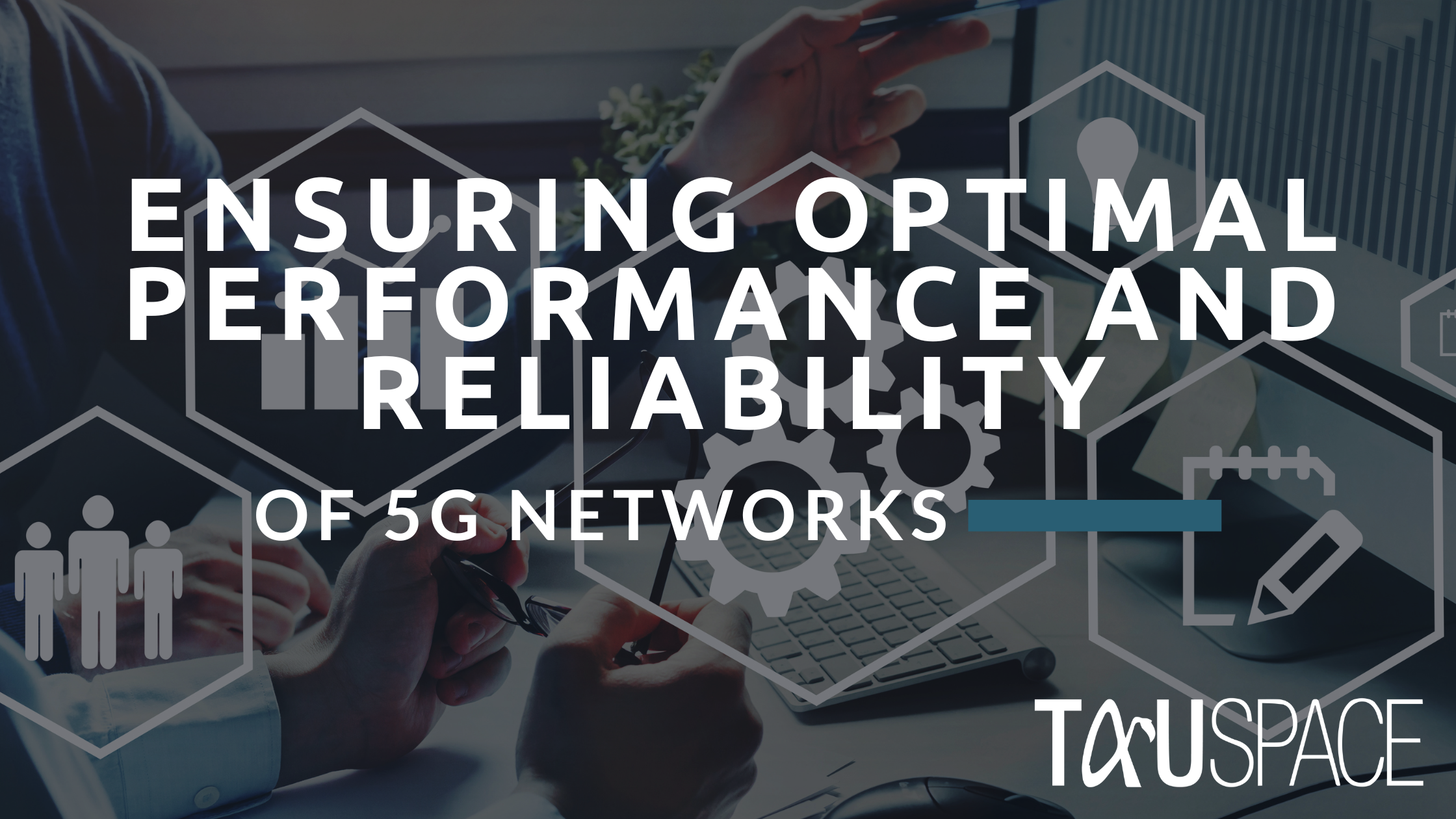As telecommunications companies race to deploy and expand their 5G networks, ensuring optimal performance and reliability becomes paramount. Achieving peak performance and reliability in 5G networks is a formidable challenge. It involves a nuanced interplay of state-of-the-art technology, strategic planning, and proactive maintenance. Beyond simply accelerating download speeds, 5G plays a pivotal role in driving mission-critical applications across sectors such as healthcare, autonomous vehicles, and smart cities.
In these domains, a network interruption isn’t merely an inconvenience; it can translate into tangible, real-world repercussions. This underscores the crucial importance of constructing and sustaining a resilient and dependable 5G network. In this blog post, we’ll explore key strategies and considerations to guarantee a seamless 5G experience for users.
Network Design and Planning
The telecommunication landscape is undergoing a swift evolution, and with the world gearing up for extensive 5G-Standalone networks, the shift from 4G brings forth a multitude of challenges and opportunities. The transition from 4G to 5G goes beyond speed enhancements; it involves constructing a resilient infrastructure where numerous components function seamlessly together. Two frequency bands play a crucial role in defining the spectrum allocation for 5G services, and their characteristics influence the network’s performance, coverage, and capacity.
- N40 is specifically allocated for session management, guaranteeing seamless user experiences as individuals explore the features of 5G networks without interruptions.
- N28 is dedicated to managing spending limits through policy control, providing users with clear visibility and control over their expenditures.
The foundation of a high-performing 5G network lies in meticulous design and planning. CTOs and network architects must consider factors such as coverage, capacity, and frequency bands. Utilising advanced tools for predictive modeling and simulation helps optimise the placement of base stations, ensuring comprehensive coverage and capacity where it’s needed most.
Radio Resource Management
RRM dynamically allocates precious radio resources – spectrum, power, and channels – to ensure optimal utilisation and avoid interference [1]. Moreover, effective spectrum management is critical for optimising 5G performance. Telecom companies must strategically allocate and manage spectrum resources to minimise interference and maximise data transfer rates. Dynamic spectrum-sharing technologies can enhance flexibility and efficiency in spectrum utilisation.
In addition, 5G leverages technologies like Massive Multiple Input, Multiple Output (MIMO) and beamforming to enhance signal strength and reliability. By using multiple antennas and directing signals toward specific users, these technologies improve coverage and increase network efficiency.
Network Slicing for Different Use Cases
5G’s ability to support network slicing enables the creation of virtual networks tailored for specific use cases. CTOs can optimise performance by allocating resources based on the unique requirements of applications like augmented reality, smart cities, or factory automation. Network slicing allows Mobile Network Operators (MNOs) to cater to diverse industries without one sector adversely affecting the others.
- A specialised virtual network can be created for applications that require ultra-reliability, like remote surgery or autonomous vehicles, where the slightest delay can have severe consequences.
- A virtual network can be set up for bandwidth-intensive activities like video streaming, gaming, and virtual reality (VR) endeavours that require unrestricted speeds.
- A virtual network can be constructed for IoT devices where billions of sensors and smart devices can communicate without affecting high-priority applications.
Network Automation, Monitoring and Analytics
By leveraging AI and machine learning, telcos can automate routine tasks like network configuration, fault detection, and even self-healing. Algorithms can be construed to adjust network parameters to maintain peak performance and efficiency continuously. This frees up human resources for strategic initiatives while ensuring a constantly optimised and resilient network.
In the same light, proactive network monitoring will be essential for identifying and addressing potential issues before they impact users. This includes real-time performance metrics, stress testing, and end-user feedback. Advanced analytics tools will provide insights into network performance, allowing for data-driven decision-making and predictive maintenance.
Security and Privacy Measures
In the 5G era, security and privacy are non-negotiable. Telcos must implement robust encryption protocols, intrusion detection systems, and access controls to safeguard sensitive user data. Regular security audits and updates are crucial to maintaining the integrity and reliability of the network. Established configurations protect your network against intruders and equip you with the tools to address identified issues effectively. Here are key protective measures [2]:
- Firewall: Firewalls act as gatekeepers, filtering network traffic to thwart unauthorised access while managing permitted interactions within the network.
- Network Segmentation: Dividing the network into distinct sections enhances control over access, improves performance, localises issues, and bolsters overall security.
- Access Control: Granting or denying individual user access based on their network responsibilities ensures precise control, preventing unauthorised use of specific applications and systems.
- Remote Access VPN: Remote access virtual private networks (VPNs) ensure information integrity and privacy. Utilising endpoint compliance scanning, multi-factor authentication (MFA), and data encryption, all of which cater to telecommuters, extranet consumers, or mobile users.
- Zero-Trust Network Access (ZTNA): The Zero Trust Network model tailors access permissions for individual users based on their specific roles within the network, limiting their access to necessary processes and applications.
- Email Security: Email security measures are implemented to detect and prevent users from inadvertently divulging sensitive information or enabling network access through malware-infected emails.
- Data Loss Prevention (DLP): DLP technology safeguards against unintended leakage of sensitive information beyond the network. Its role is to prevent misuse or compromise of data, shielding the network from exposure to external entities.
Conclusion
In conclusion, the successful deployment and ongoing optimisation of 5G networks require a holistic approach that encompasses network design, spectrum management, advanced technologies, security, and continuous monitoring. CTOs and network leaders must be proactive in adopting these strategies to deliver on the promises of 5G and provide users with a reliable and high-performance connectivity experience. As the 5G landscape continues to evolve, staying informed, adapting to emerging technologies, and prioritising the end-user experience will be key to maintaining optimal performance and reliability in the dynamic world of telecommunications.
[1]: https://www.telecomtrainer.com/rr-radio-resource/ [2]: https://www.fortinet.com/resources/cyberglossary/what-is-network-security









